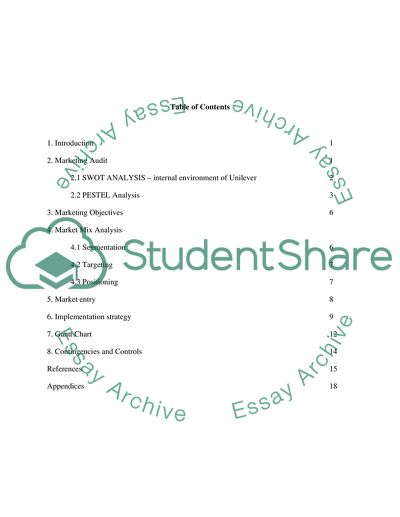Cite this document
(Unilever Marketing Strategy for CIF in China Case Study - 1, n.d.)
Unilever Marketing Strategy for CIF in China Case Study - 1. Retrieved from https://studentshare.org/marketing/1749777-marketing-plan
Unilever Marketing Strategy for CIF in China Case Study - 1. Retrieved from https://studentshare.org/marketing/1749777-marketing-plan
(Unilever Marketing Strategy for CIF in China Case Study - 1)
Unilever Marketing Strategy for CIF in China Case Study - 1. https://studentshare.org/marketing/1749777-marketing-plan.
Unilever Marketing Strategy for CIF in China Case Study - 1. https://studentshare.org/marketing/1749777-marketing-plan.
“Unilever Marketing Strategy for CIF in China Case Study - 1”, n.d. https://studentshare.org/marketing/1749777-marketing-plan.


